I Spoke To A Pro Tournament Director... Here Are 5 Things You Didn't Know About How A PGA Tour Event Works
Setting up a PGA Tour event is far more complicated than you might think - here are just a few things I learned from interviewing a tournament director
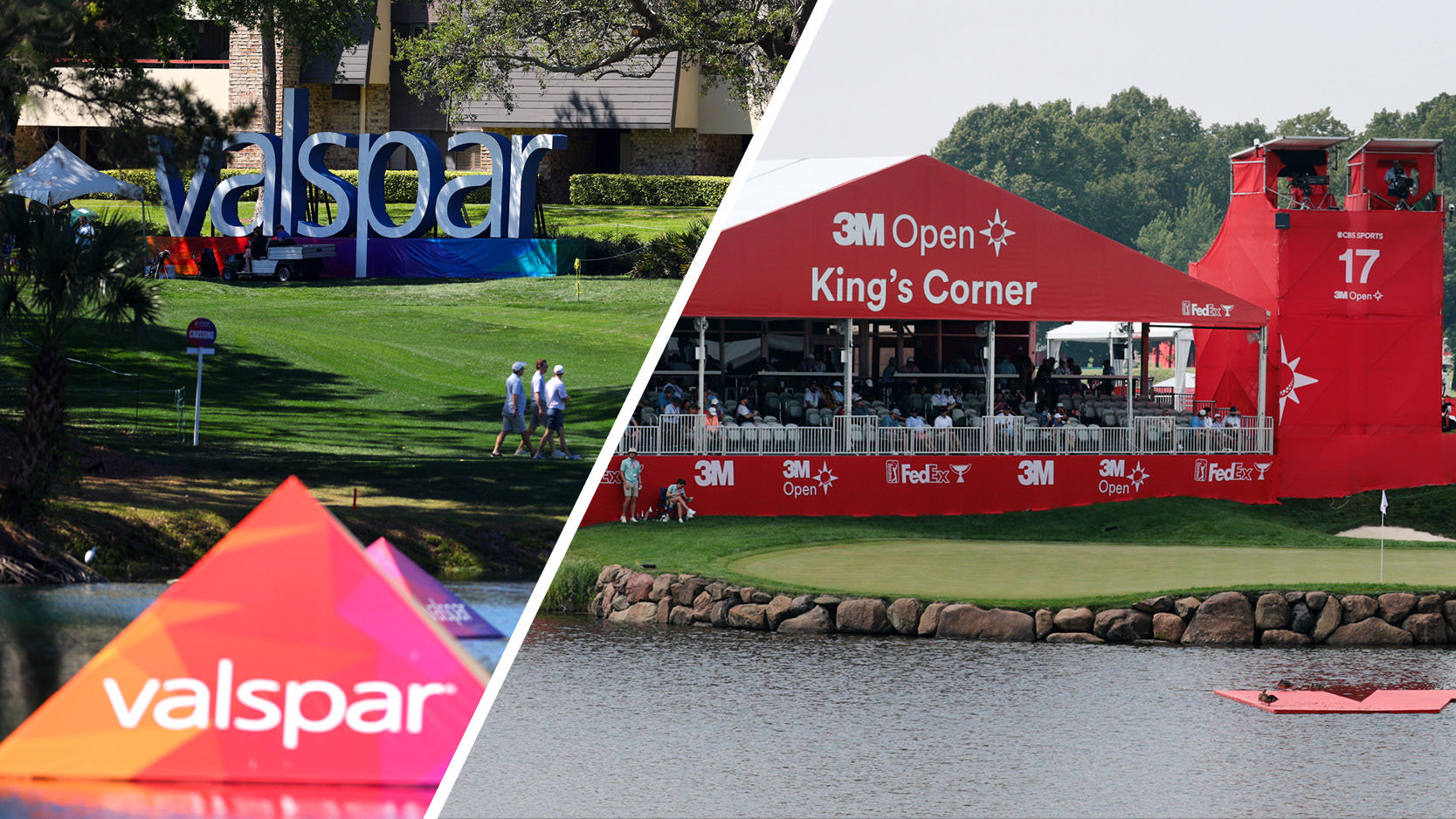

For eight to 10 months of the year, the PGA Tour dominates screens as golf fans tune in to watch some of the best golfers in the world battle it out for any number of historic titles and millions of dollars.
Almost without fail, it seems, Scottie Scheffler and co pop up Thursday through Sunday and are able to do their thing in front of huge galleries on picture perfect golf courses.
The circuit appears to seamlessly switch between Hawaii, California, Florida, Mexico, Canada and a host of other locations throughout North America and the rest of the world.
To the casual fan, and even the most dedicated perhaps, the level of organization and planning that goes into making just one PGA Tour event a reality would likely be shocking.
Have you ever considered how long it takes to plan a PGA Tour event? Or how much money might need to be raised through sponsorships to give a tournament the green light? What about how many full-time staff it takes to successfully execute just one week?
I recently spoke to Tracy West, the tournament director of both the Valspar Championship and the 3M Open, to find out the answers. Below are five things I learned...
TITLE SPONSOR FEES

With all the talk of mammoth prize purses at PGA Tour events, often ranging between $7m-$9m in regular tournaments and $20m in Signature Events, it perhaps shouldn't have been as much of a surprise as it was when I found out the level of finance tournaments have to raise.
Subscribe to the Golf Monthly newsletter to stay up to date with all the latest tour news, equipment news, reviews, head-to-heads and buyer’s guides from our team of experienced experts.
West informed me that title sponsors of regular events, such as Valspar or 3M, might be stumping up between $15 million and $25 million to have their names on the trophy.
After that, it is the responsibility of the tournament director and their staff to drum up the remaining amount - which can be as little as $5 million or as much as $15 million in some cases - via more sponsors and ticket sales etc in order to run a profitable PGA Tour event.
In the case of the Valspar Championship, West also shared the tournament deals with over 400 corporate partners from both the Tampa area and internationally in total.
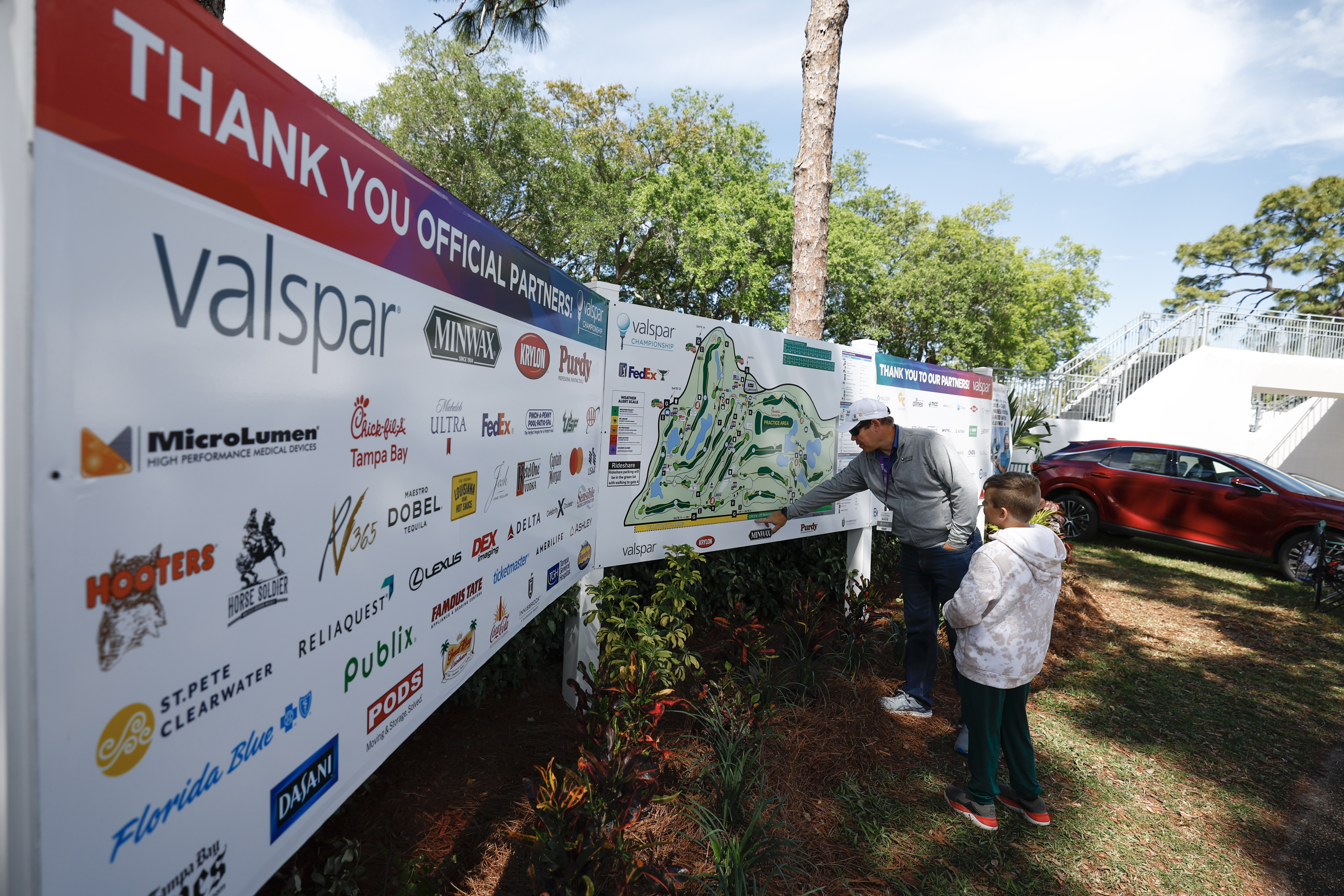
West said: "Some are probably a $20 million tournament, some are a $30 million tournament. So somewhere between 20 to 25 million, 30 million.
"If you think of it this way, if you get let's say on average 15 [million] from your title sponsor, you've got to raise another five, 10, 15 via other sponsorships and your other revenue sources, which are other sponsors, your ticket sales, your merchandise rights. Some tournaments own their merchandise rights, some don't.
"So you have a bunch of different revenue sources. But, yeah, you're constantly raising money to cover the expenses of the tournament and then give as much money to charity as you can in the end.
"Because most of us, not everyone, but most of us are owned and operated by a 501c3 of some sort."
NO. OF FULL-TIME STAFF AND VOLUNTEERS
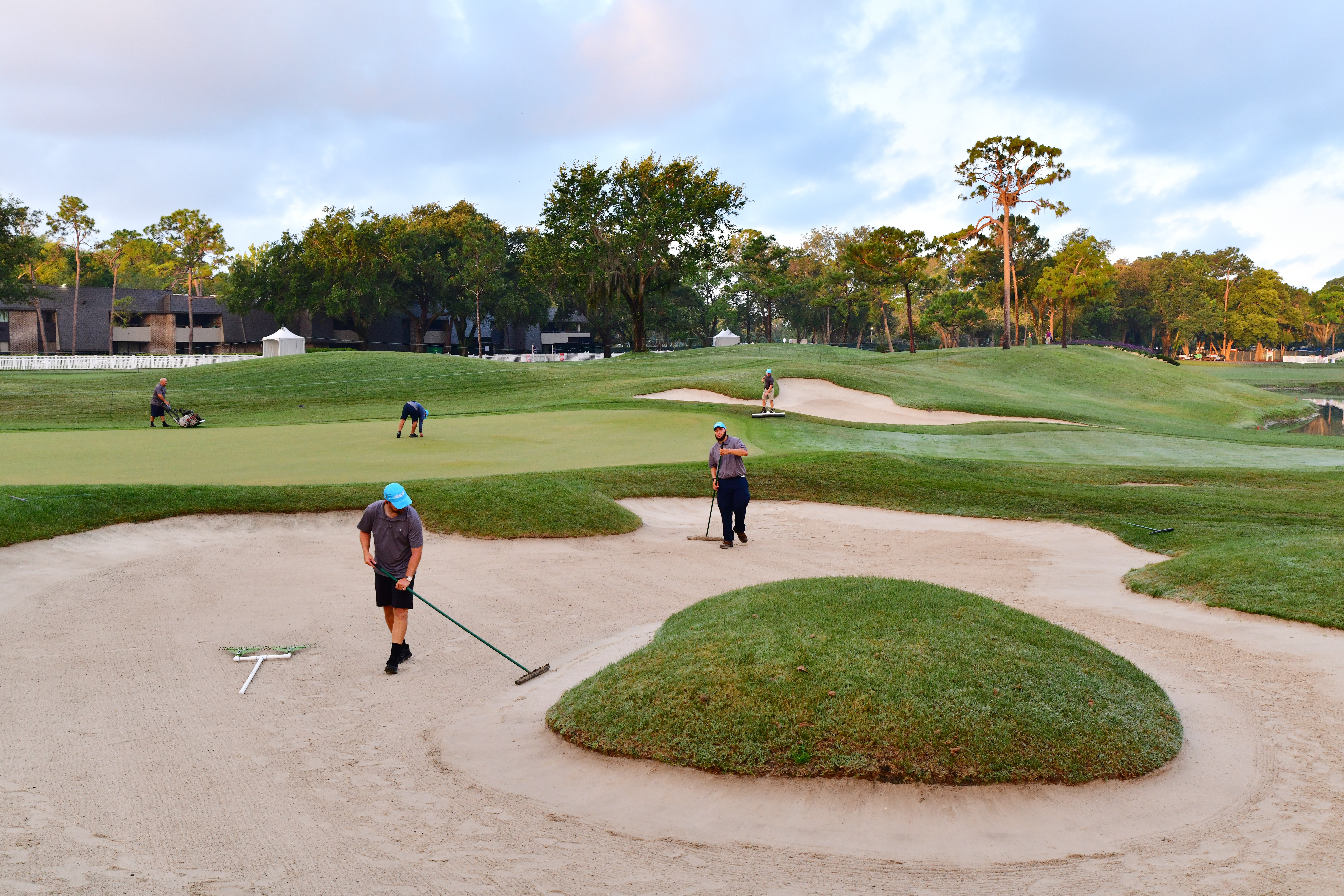
West explained that most PGA Tour events - with the exception of the Majors and The Players Championship, plus a couple of others - will have a full-time staff in the region of 12 to 15 people.
Among that dozen or so will include the tournament director, special event manager, operations director, finance executive and sponsorship activation people.
They all work year round to ensure their respective PGA Tour event - which is a multi-million dollar operation - runs as efficiently as possible.
Plus, there is someone at the Valspar and 3M Open whose full-time job it is to coordinate the 2,500 volunteers who take part in each event. That role consists of renewing each person who wishes to volunteer again and ensuring they remain engaged and happy with the tournament ahead of the following year.
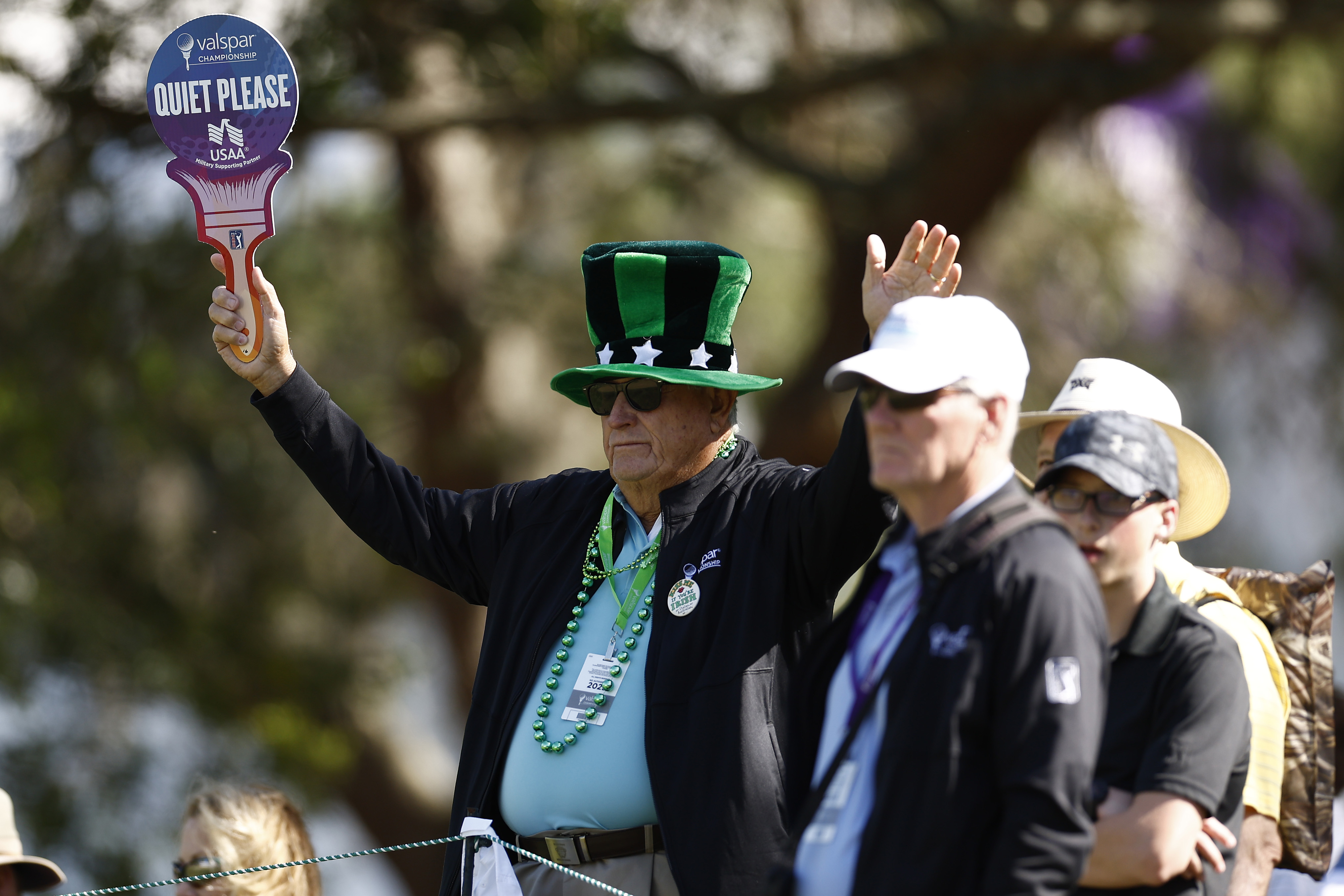
West said: "You've got usually two to three people that do the sales, sponsorship sales, including the tournament director.
"You've got sponsorship activation people. So once you have a sponsor come on board, it's a case of making sure that you do all the deliverables and everything that you promise those companies.
"You've got special event managers, ops director, a tournament coordinator, a finance admin. I mean, it's big business. This is a full-time job."
PLANNING TIMEFRAME
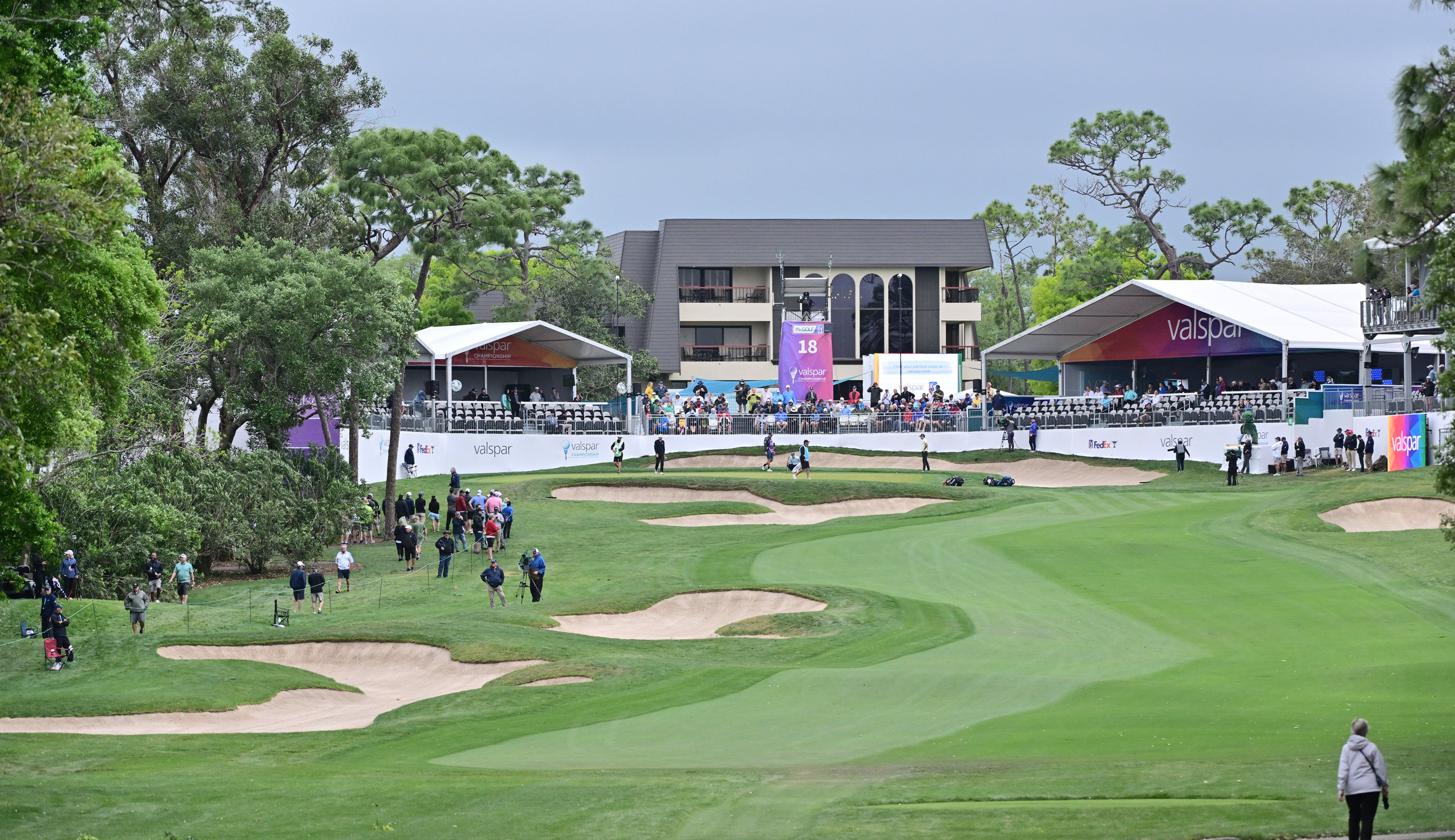
No matter how big or small, each PGA Tour event only lasts a week with four days of competitive golf. Nevertheless, the planning, execution and debrief for every single one of them in a year-round operation.
According to West, the first month or two after the winning putt is holed is the period where the tournament build is removed and the debrief occurs.
It's the time where a lot of thank yous are sent out to sponsors for their support and to players for their appearances. The finances are dealt with and the charitable donation figure is established.
The immediate aftermath also sees debrief meetings with a whole host of different stakeholders which looks at what went well, what could be improved and how next year might look.
The planning process begins in earnest shortly after that and continues right up to the first competition day of the following year's event, with around a three-month timeframe to construct the grand stands, hospitality suites and other areas of the build-out.
'FIELD-PROOFING' TOURNAMENTS
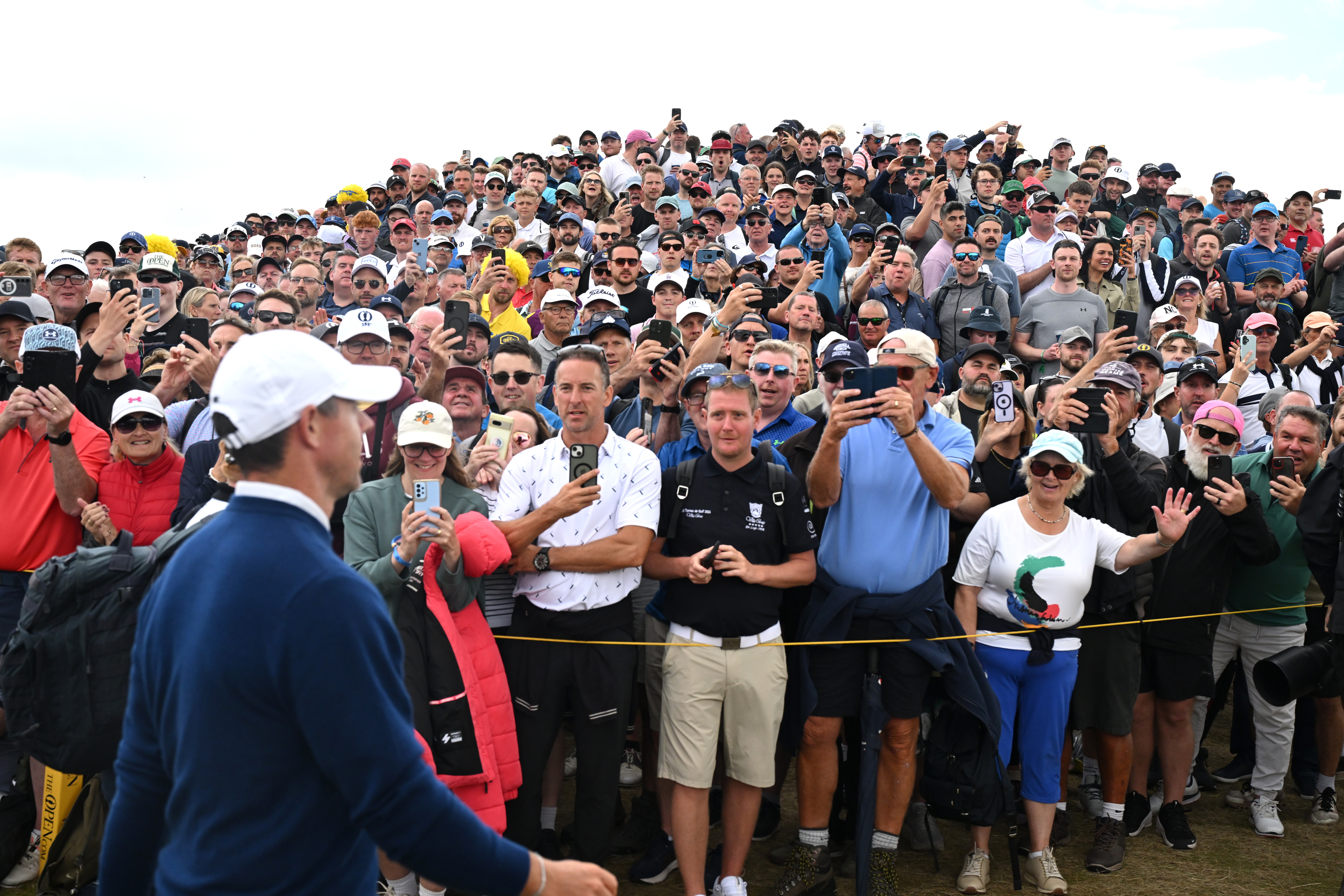
One of the main targets for every PGA Tour event is to sell as many tickets as it possibly can. Bigger galleries look more impressive on TV and are much more of a thrill for players to compete in front of, plus they make more money - everybody wins.
However, among the toughest factors in actually attracting more fans to come along involves the uncertainty regarding the field.
West shared that, due to a variety of factors in the modern game, players are more reluctant to commit to events well in advance. She said some are preferring to wait until as late as the week to guarantee their appearance.
As a result, what's called 'field-proofing a tournament' has become more and more important.
Essentially, what that entails is ensuring a PGA Tour event is still an attractive proposition for fans to come to - even when they don't know exactly who will be playing.
The addition of concerts, family activities and more food and drinks stalls have been just some of the ways tournaments like the Valspar Championship and 3M Open have tried to ensure their events remain sufficiently popular.
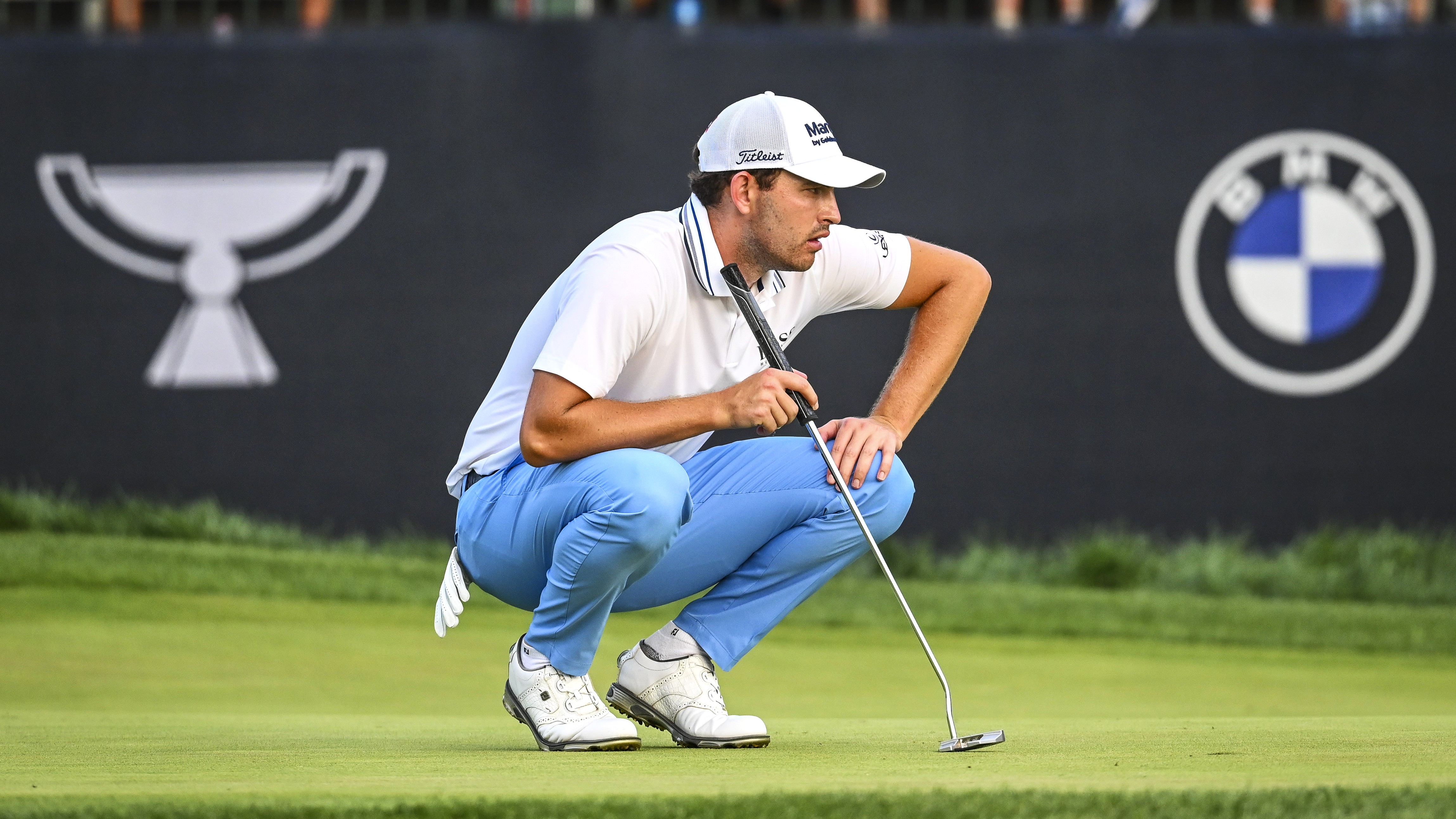
West said: "The pros are committing closer and closer to your tournament time. Pros used to commit... they might decide their schedule four or five months out, six months out.
"They're committing closer and closer now, which we understand because things impact their schedules. They don't ever want to be the guy that withdraws if they can avoid it, right? So they so they commit closer and closer.
"Well, when you're marketing and selling to sponsors and fans and so forth, you kind of have to do two types of marketing.
"You have to say, okay, if I go on sale with my ticket sales, let's say five months before the tournament, I might not have like the more prominent guys committed yet, so I have to market the fun. Things like, if you're a tournament that does concerts or whatever it is that you're doing.
"Then you shift your marketing closer to the tournament when you can start using some big names."
SPONSOR INVITES
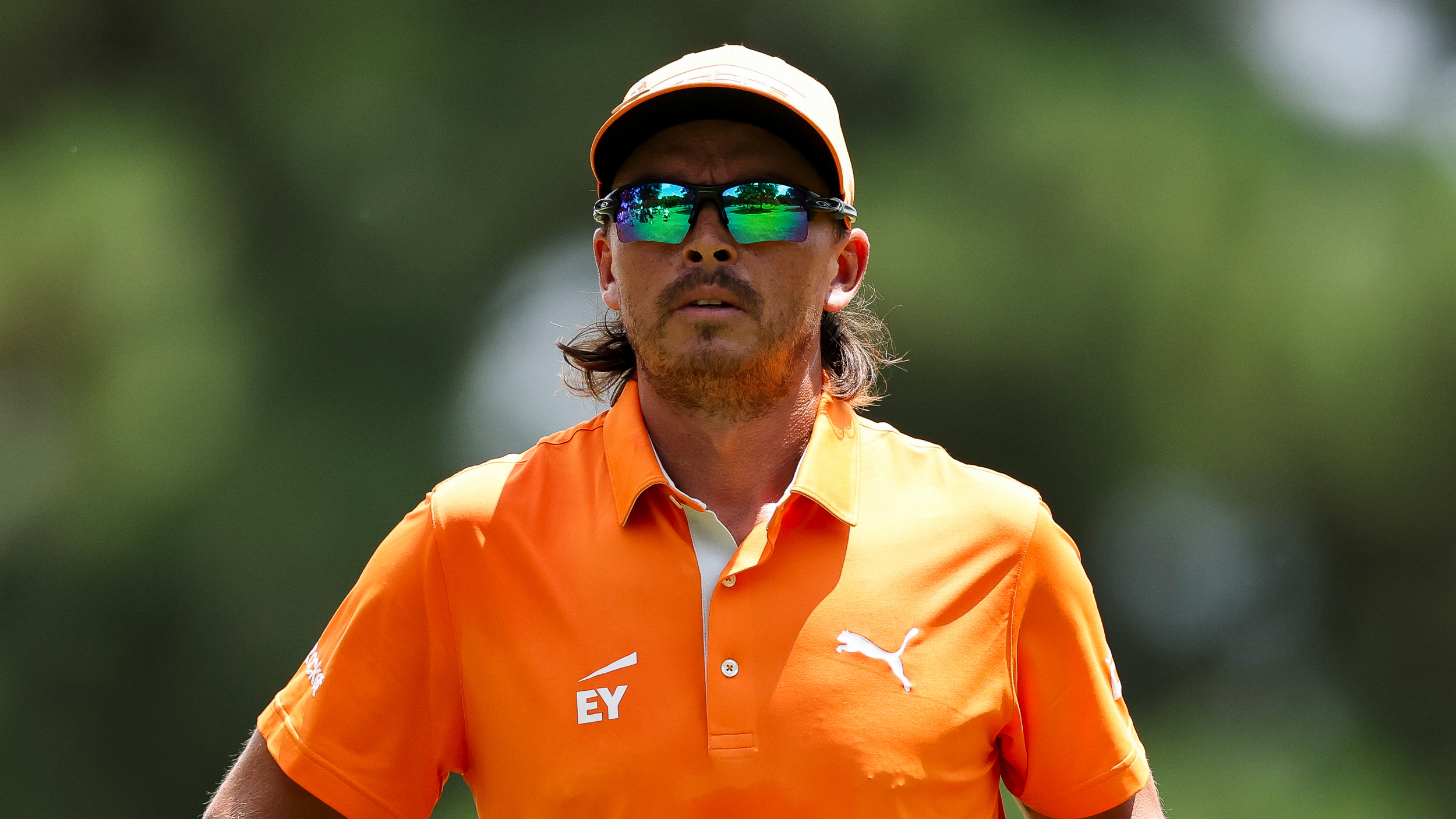
The subject of sponsor invites continued to garner plenty of debate through 2025, with players like Rickie Fowler and Webb Simpson regular invitees to Signature Events in particular.
While it was often suggested that there should be a limit on the number of sponsor invites a player receives, West said each tournament is allowed to pick whoever they want - although, some sponsors are not quite as picky as others...
She said: "It totally differs by the tournament. Some tournaments, the title sponsor gets super involved, you know, and says, "Yep, we want to sit down and talk about it together and you know, let's look at lists and guys and who should we pick?"
"Some titles don't care. They're like, "Hey, you guys are the experts, you guys make the decisions.
"Some have their host or like their 501c3 board gets very involved. Some don't. Some it's just the tournament director picking, right? I mean, so it varies across every tournament."
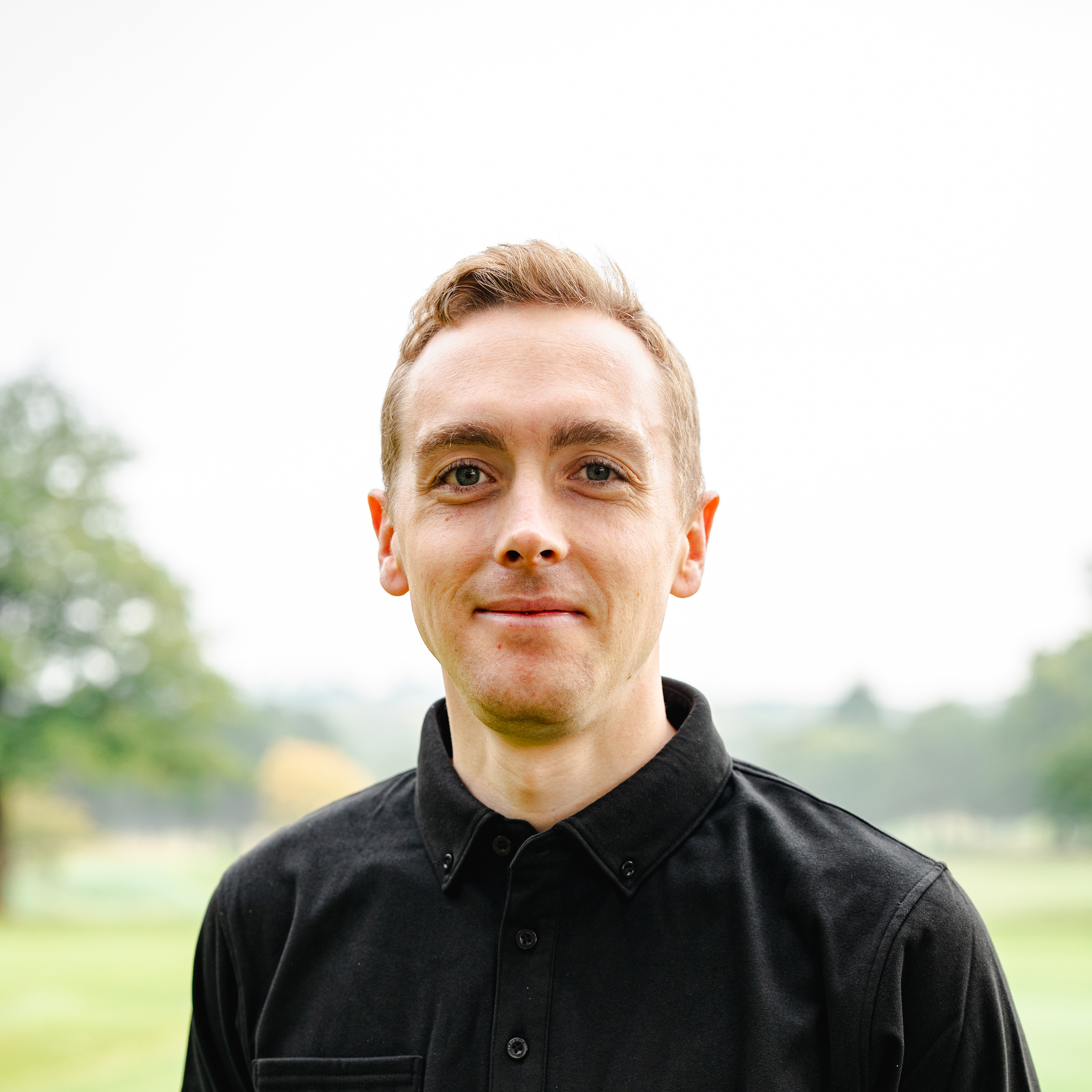
Jonny Leighfield is our Staff News Writer who joined Golf Monthly just in time for the 2023 Solheim Cup and Ryder Cup. He graduated from the University of Brighton with a degree in Sport Journalism in 2017 and spent almost five years as the sole sports reporter at his local newspaper. During his time with Golf Monthly, Jonny has interviewed several stars of the game, including Robert MacIntyre, Ian Poulter, Lee Westwood, and Joaquin Niemann. An improving golfer himself, Jonny enjoys learning as much about the game as he can and recently reached his Handicap goal of 18 for the first time.
You must confirm your public display name before commenting
Please logout and then login again, you will then be prompted to enter your display name.